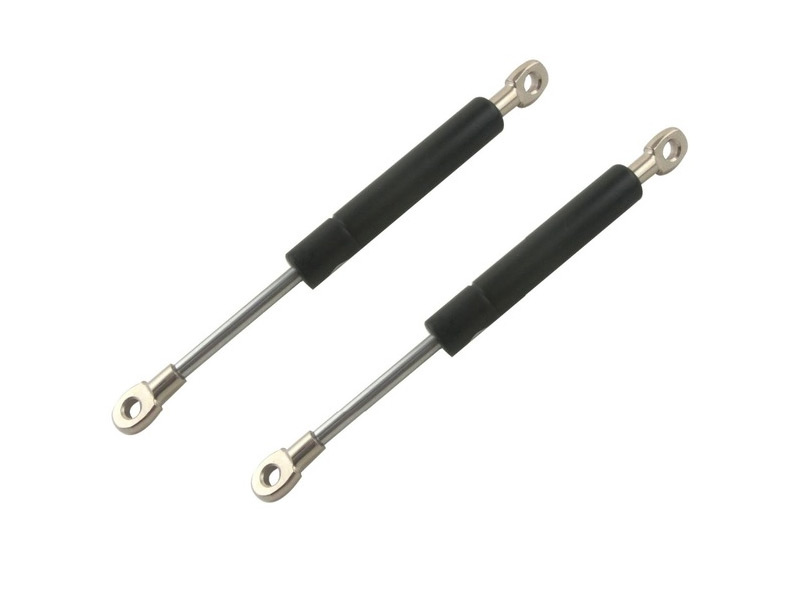Installation Guidelines for RPR Gas Springs
Proper installation ensures optimal performance and longevity of your RPR gas springs. If you're unfamiliar with gas spring installation procedures, we highly recommend getting in touch with India Auto Springs Private Limited for expert assistance and step-by-step guidance.
Below are the key instructions to follow during installation:
- Mount Orientation:
Always position the gas spring so that the cylinder side is upwards and the piston rod points downwards. This orientation helps maintain internal lubrication and supports effective damping.
- End-Fitting Clearance:
Ensure there's at least a 5 mm clearance between the end fittings and the cylinder tube. This buffer prevents pressure damage to the guide assembly and helps avoid premature force loss or oil leakage.
- Proper Fastening:
Secure all fasteners (nuts, bolts, or screws) using the correct size spanner to ensure firm and vibration-resistant mounting.
- Unrestricted Joint Movement:
In clevis or eyelet-type end connections, the joint should move freely within its hinge point. Avoid friction or tightness that may hinder motion.
- Prevent Side Loads:
Gas springs must not be subjected to lateral loads. Misalignment or angular pressure can result in rod bending or cylinder deformation.
- Avoid Surface Treatments:
Refrain from spraying, painting, or coating the piston rod or tube surface. Contamination may compromise sealing and motion performance.
- No Heat or Drilling Exposure:
Never apply heat or attempt to puncture the gas spring. Doing so poses a serious safety hazard and may lead to explosion or injury.
- Protect Against Physical Damage:
Keep the cylinder free from dents, warping, or impact. Structural damage could permanently affect sealing mechanisms.
- Use Secondary Locking if Needed:
In any application where malfunction could pose safety risks, use an external locking mechanism or safety support. This is the user's responsibility.
- Load Limitations:
Unless designed for pulling applications, gas springs should only operate under compressive forces. Avoid stretching or overextending them.
- Do Not Exceed Design Specs:
Each unit is built to a specific stroke and pressure range. Avoid extending or retracting beyond those limits.
- Real-world Testing Encouraged:
While we strive to meet a wide range of conditions, we advise end-users to test the product in their specific setup, as we cannot simulate every use case.
- Avoid High-Speed Overloads:
Excessive acceleration or force during movement can damage internal components. Operate smoothly and within recommended velocity.
- No Load Bearing:
Do not place any static or dynamic load directly on the gas spring.
- Storage Instructions:
Store units in a vertical position with the rod end facing downward. This orientation preserves internal lubricant effectiveness.
- Shelf Life:
Use the product within six months from the manufacturing date to ensure maximum reliability.
- No Alterations:
Avoid tampering or modifying any part of the gas spring. Alterations can invalidate safety and performance guarantees.
- Reject Damaged Components:
Do not install gas springs with visible damage or defects. Replace them with new units to maintain operational integrity.
- Temperature Range:
RPR gas springs are rated to perform reliably between -20°C and +80°C, making them suitable for a wide range of environments.
- No Maintenance Required:
Our gas springs are fully sealed and maintenance-free, requiring no oiling or greasing during their service life.
- Packaging & Transport:
Always follow recommended packaging and shipping guidelines to protect gas springs during transit.

